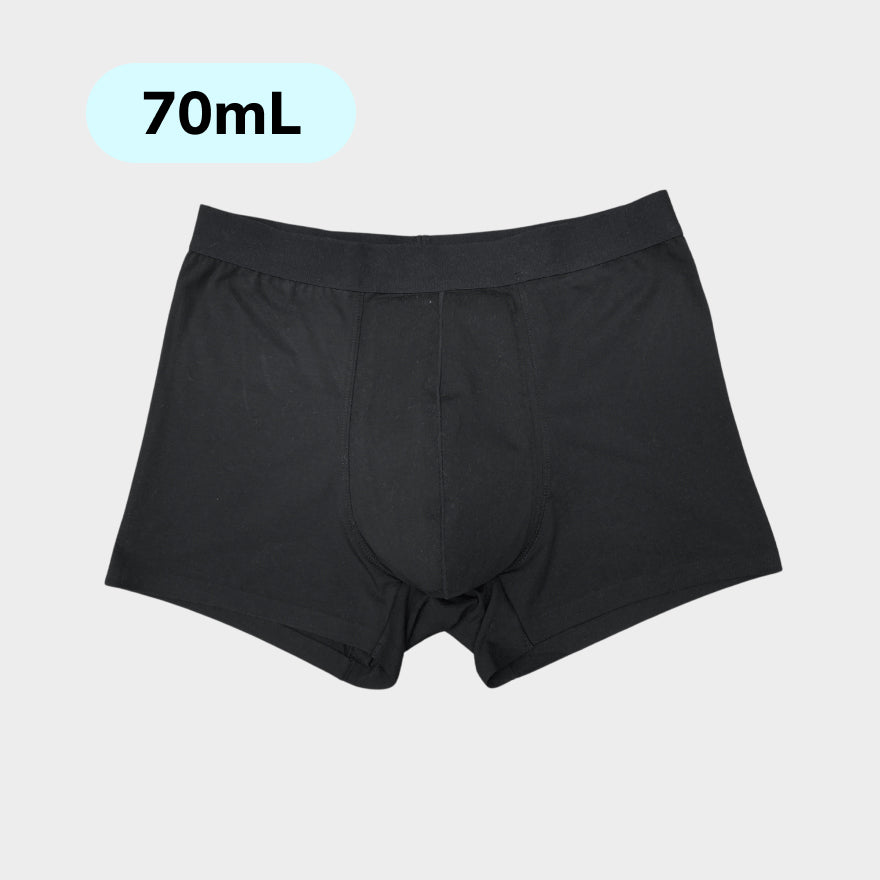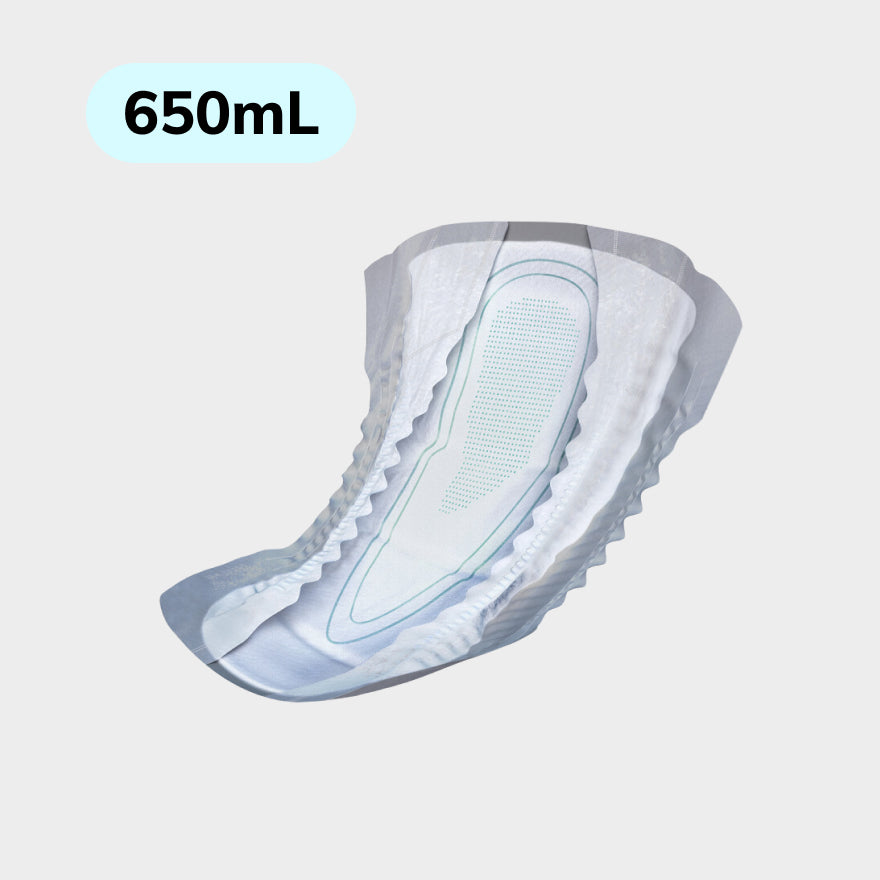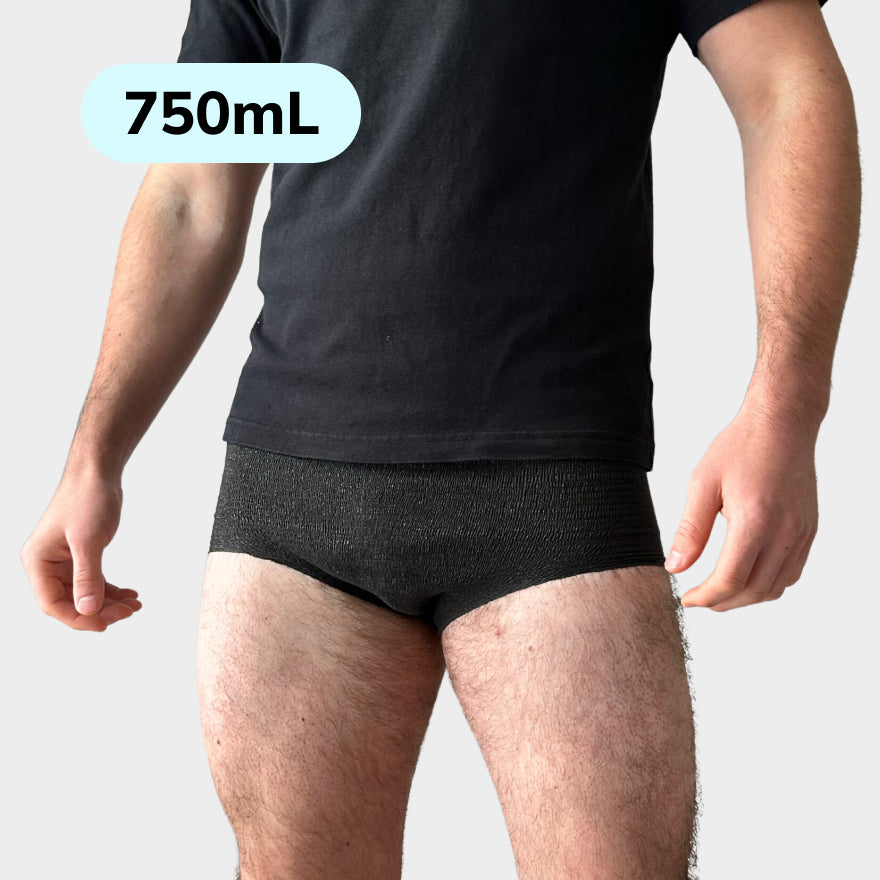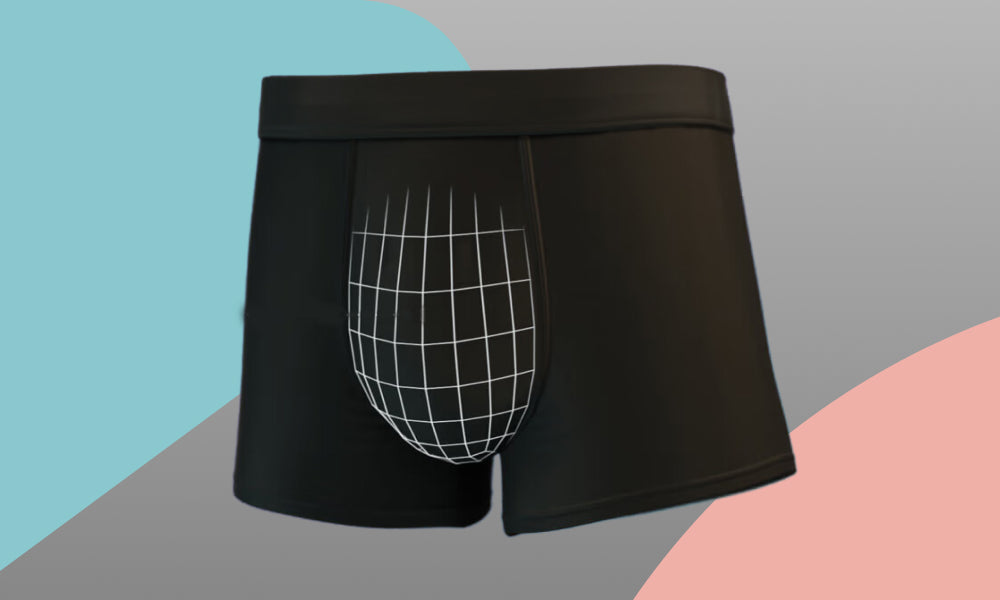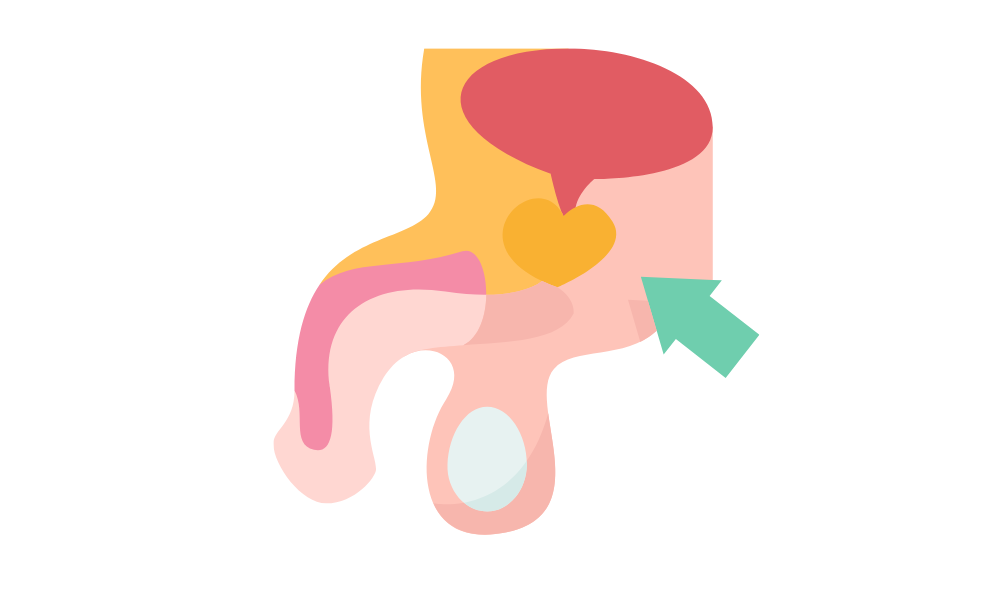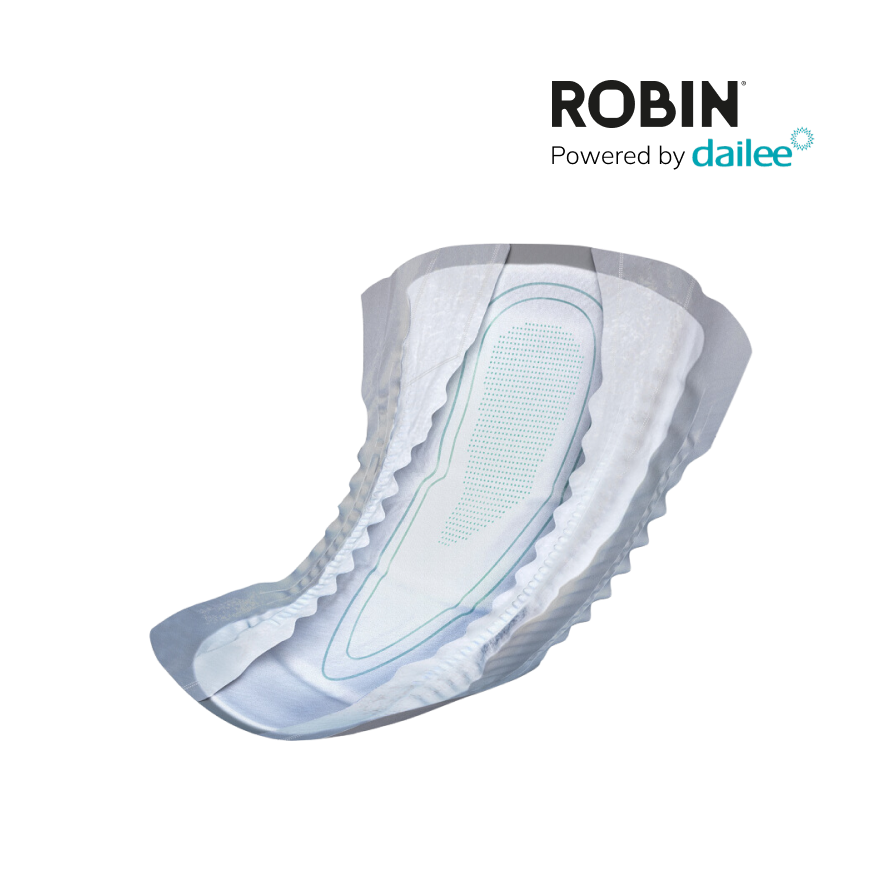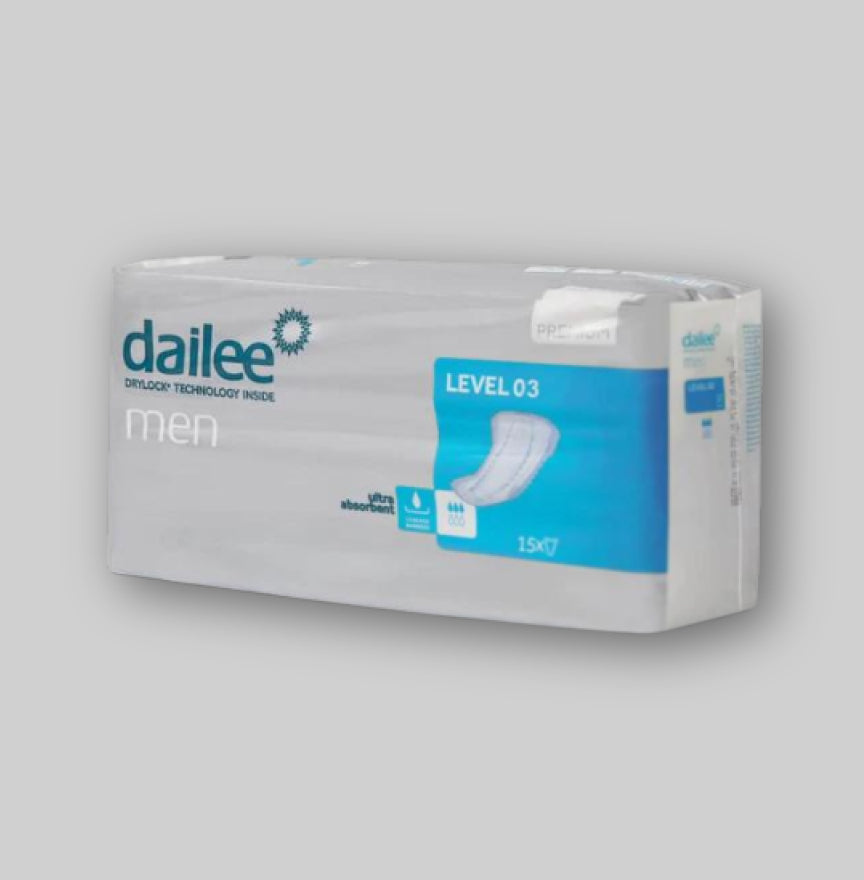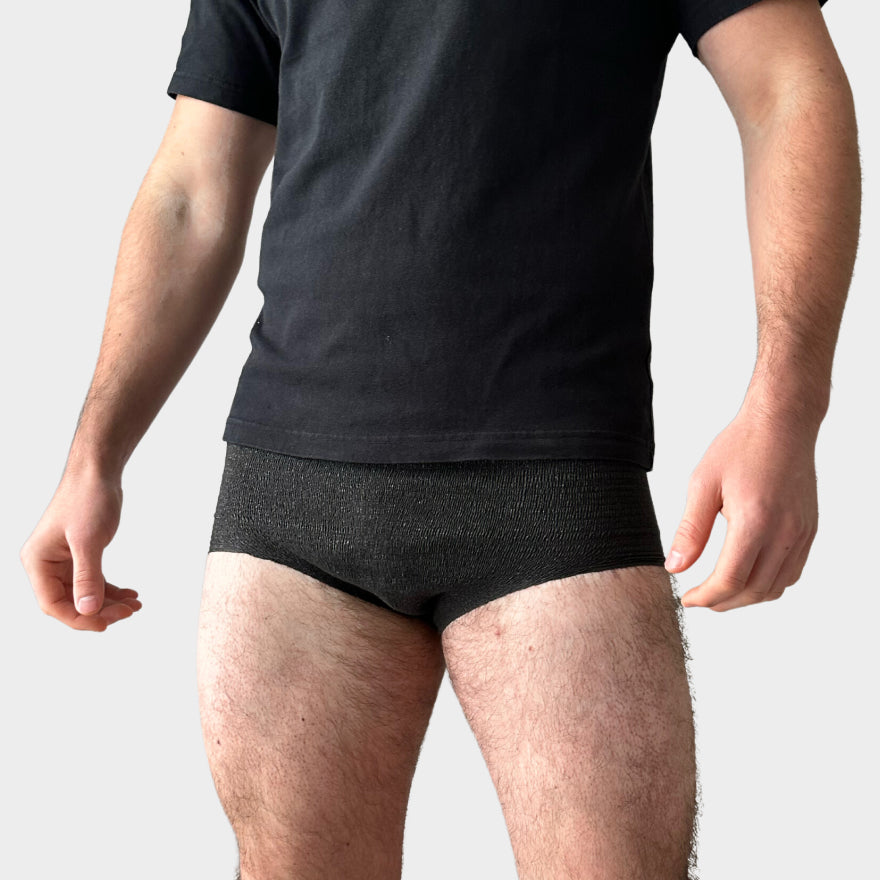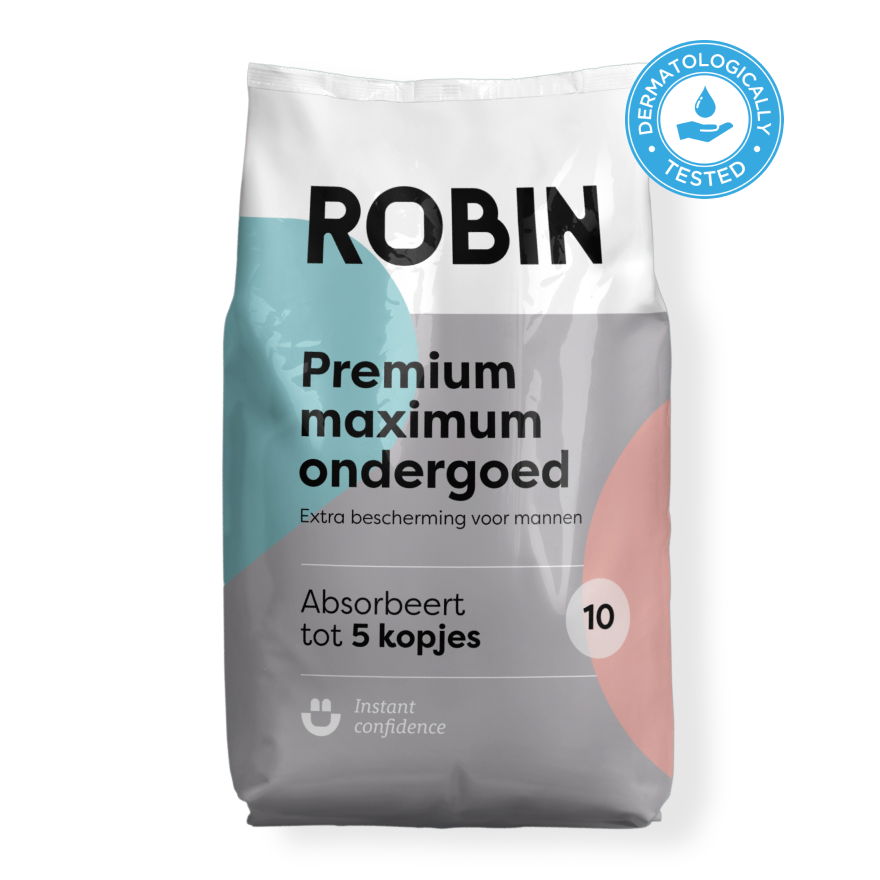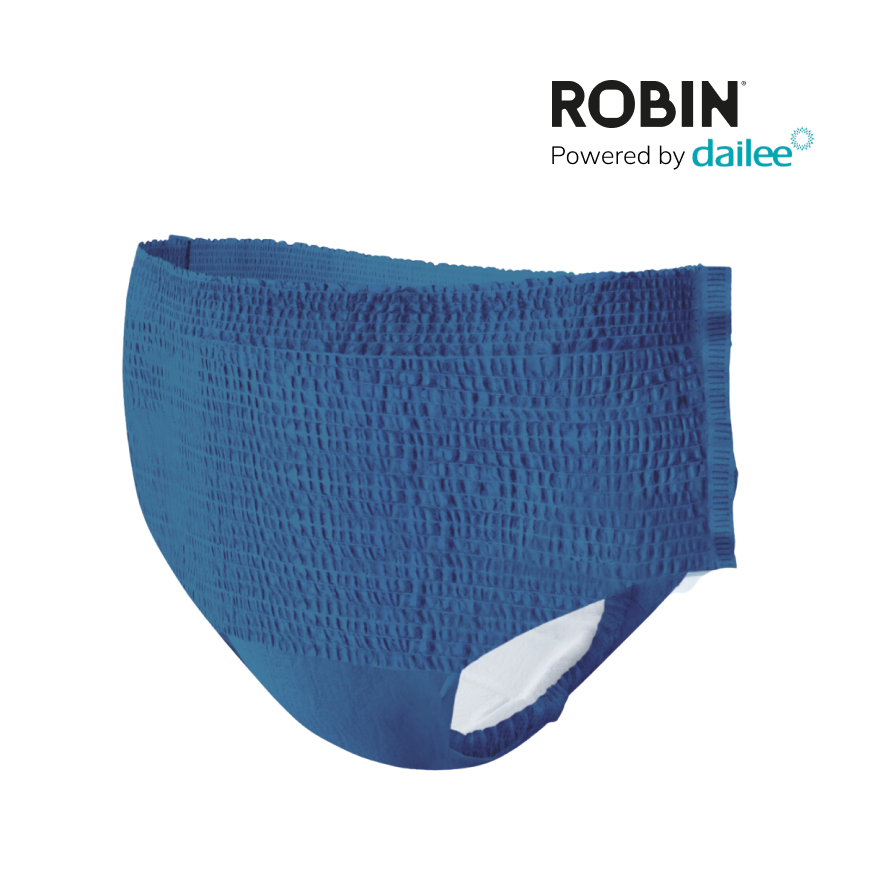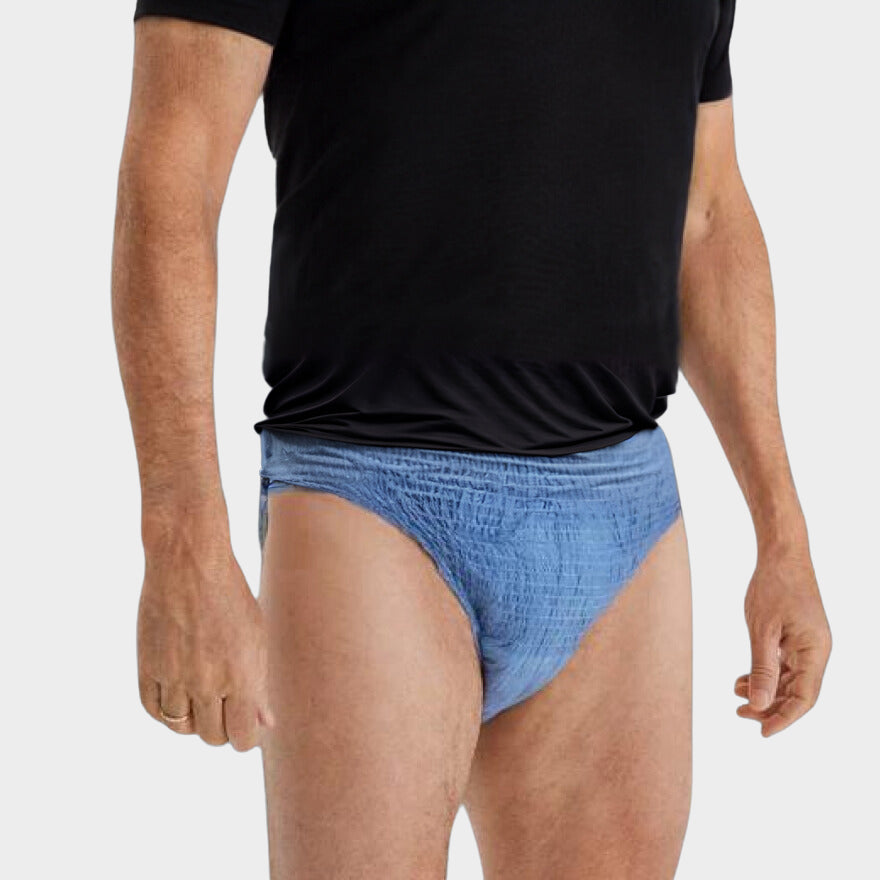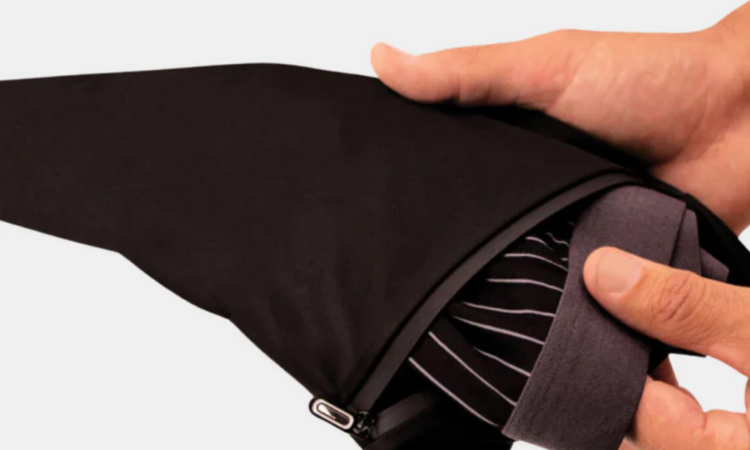An enlarged prostate, also known as Benign Prostatic Hyperplasia (BPH), is a common condition in men, especially as they age. It is important to recognize and understand the symptoms of an enlarged prostate in order to get the right treatment in a timely manner. In this article, we will discuss the main symptoms of an enlarged prostate and what you can do about them.
What is an Enlarged Prostate?
The prostate, also called the front gland and derived from the Greek 'prostateis' which means 'he who stands in front', is a gland that in men lies below the urinary bladder and above the sphincter of the bladder. This gland is located around the urethra, the duct of the bladder. The prostate begins to develop in men during puberty under the influence of male hormones and continues to grow after puberty. An enlarged prostate is usually benign and often only poses an annoying problem. It is not cancer and does not increase the risk of prostate cancer.
Recognizing the symptoms of an enlarged prostate is crucial for timely diagnosis and treatment. The most common symptoms are:
1. Difficulty Urinating
One of the first signs of an enlarged prostate is difficulty urinating. This can manifest as a weak urine stream or the feeling that you have to strain to urinate.
2. Frequent urination
Men with an enlarged prostate often experience increased frequency of urination, especially at night. This is also called nocturia and can significantly disrupt your sleep.
3. Incomplete Emptying of the Bladder
The feeling that the bladder is not completely emptied after urination is another common symptom. This can lead to a constant urge to urinate.
4. Sudden Urinary Tract Infections
An enlarged prostate can lead to urinary tract infections (UTIs) due to urine remaining in the bladder. This can cause pain and a burning sensation when urinating.
5. Pain and Discomfort
Some men experience pain or discomfort in the lower abdomen, groin area or during urination. This can range from mild to severe.
6. Blood in the Urine
Although rare, blood in the urine (hematuria) can also be a sign of an enlarged prostate. This symptom requires immediate medical attention.
Diagnostic Methods
If you experience any of these symptoms, it is important to see a doctor. Diagnosis of an enlarged prostate may involve several methods, such as:
- Rectal examination: The doctor feels the prostate to check for enlargement.
- PSA test: A blood test to measure the level of Prostate Specific Antigen.
- Ultrasound: An imaging test to assess the size of the prostate.
- Urine test: To rule out infections and evaluate bladder function.
Treatment Options for an Enlarged Prostate
A benign prostate enlargement, also called Benign Prostatic Hyperplasia (BPH), may require several treatments depending on the severity of symptoms and the impact on daily life. Here are the main treatment options:
1. Medication
Alpha blockers
Alpha-blockers such as tamsulosin and alfuzosin relax the muscles in the prostate and bladder outlet, improving urine flow and reducing symptoms such as frequent urination and difficulty urinating.
5-Alpha-Reductase Inhibitors
Medicines such as finasteride and dutasteride shrink the prostate by blocking the hormone that stimulates prostate growth. This can significantly reduce symptoms after a few months of use.
2. Minimally Invasive Procedures
Transurethral Microwave Thermotherapy (TUMT)
TUMT uses microwaves delivered through a catheter to heat and shrink prostate tissue. This helps to reduce urinary tract obstruction without major surgery.
Transurethral Needle Ablation (TUNA)
TUNA uses radiofrequency energy to remove excess prostate tissue. This reduces pressure on the urethra and improves urine flow.
3. Surgical Interventions
Transurethral Resection of the Prostate (TURP)
TURP is a common procedure in which excess prostate tissue is removed through the urethra. It provides rapid relief of symptoms but requires a short hospital stay.
Prostate laser surgery
Laser surgery such as Holmium Laser Enucleation of the Prostate (HoLEP) removes excess tissue using a laser. It is less invasive than traditional surgery and has a shorter recovery time.
4. Lifestyle changes
Diet and Nutrition
Adjusting your diet can help manage symptoms. Reducing caffeine and alcohol, and eating a high-fiber diet can improve bladder function.
Exercise
Regular physical activity can help reduce the symptoms of BPH. Exercises such as pelvic floor exercises (Kegels) can strengthen the muscles that control urine flow.
5. Regular Monitoring
For mild symptoms, a wait-and-see approach with regular check-ups by a doctor may be sufficient. This is sometimes called “watchful waiting” and involves monitoring symptoms and regular PSA testing to monitor prostate health.
Discuss your complaints with a doctor, do not wait too long
It is important to be alert to the symptoms of an enlarged prostate and seek medical attention in a timely manner. Early diagnosis and appropriate treatment can significantly improve your quality of life. If you are experiencing prostate problems, contact a specialist at Andros Clinics for expert evaluation and treatment advice.
